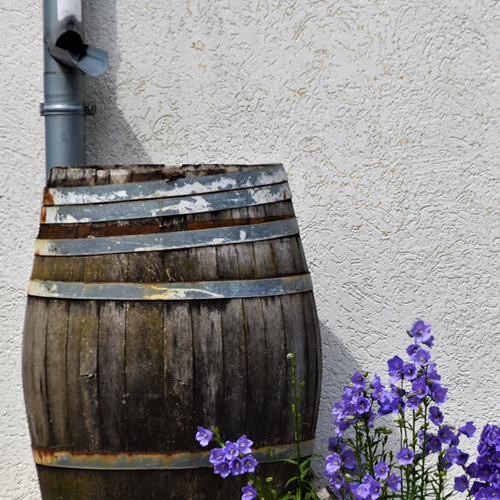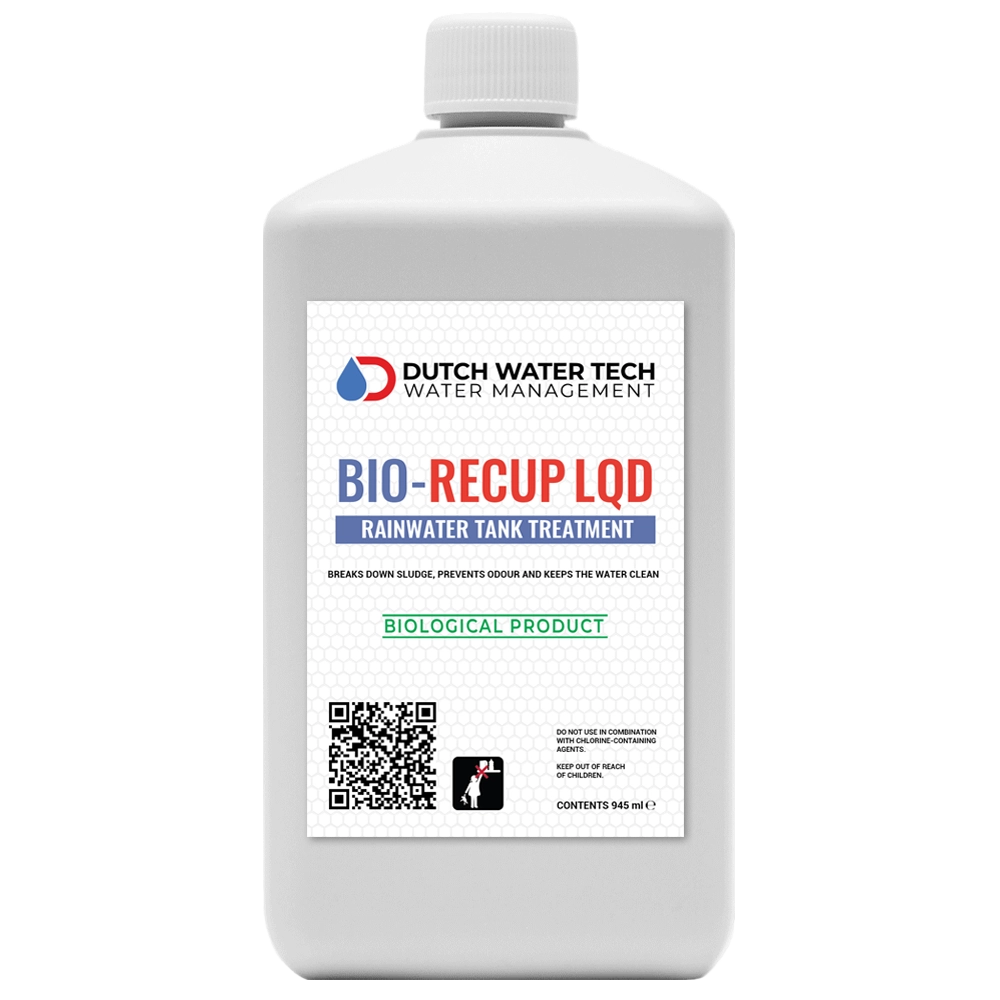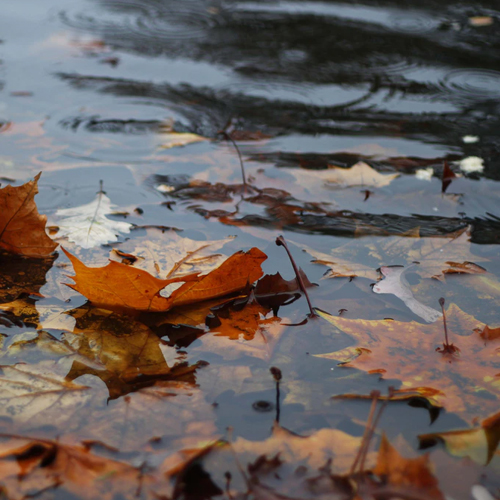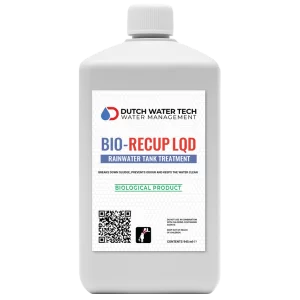Home » Knowledge base » Rainwater Tank Stinks
Rainwater Tank Stinks
Bad odours from your rainwater tank or recuperation system? There is a solution.
Installing a cistern to recover water is always an excellent idea.
Rainwater recuperation is reusing rainwater in your home, which is not only good for the environment but also saves water consumption. In the Benelux, rainwater recovery is even mandatory by law in some cases.
Since 1 January 2014, in most cases in Flanders it is mandatory to provide a rainwater system if you submit a building application for new construction or rebuilding.
A rainwater tank is the ultimate way of collecting and filtering rainwater. This tank is usually placed underground, where the water is then collected and immediately thoroughly filtered by a built-in filter system. This way you have your own water source which is immediately drinkable. There are also rainwater tanks that can be connected to the pipes, however, the pipes must be thoroughly cleaned beforehand so that you don’t have limescale in your drinking water again.

Rainwater Recovery Tank - Maintenance
Your rainwater installation consists of a number of filters: the pre-filter, after-filter and possibly an active carbon filter. The pre-filter is usually located at the top of the cistern and retains the coarsest dirt, such as leaves and branches. Sand and sludge will still end up in your rainwater system.
It is advised to check the pre-filter every 6 months to ensure it is not clogged up. It is best to briefly rinse the filter, so that there is no film of organic material on the filter, as this prevents rainwater from getting through the drain. If there is a film: your gutters risk overflowing, and a safety mechanism sends the water directly to the sewer instead of your cistern. There are also self-cleaning pre-filters, but an occasional check is certainly still recommended.

The after-filter is located between the pump and the various draining points indoors. This filter stops the fine particles of dirt- like sand. This prevents you from having sand on your clothes after a machine wash, for example. The activated carbon filter removes any weird smells and colours from your rainwater. This filter needs to be changed semi-annually or annually.
You do not have to tackle the walls themselves, especially in the case of a concrete cistern. Small active microorganisms on the concrete naturally purify the well and the water present. In the case of a plastic well, the walls are too slippery to adhere to.
Has it been dry for a long time? Raise the lid and see if there is a layer of sludge on the floor.
Attention: There is a risk of oxygen deficiency because the room has been closed for a long time. It is possible that decomposition gases are present in the well. We recommend calling in a professional for cleaning. Do you clean your cistern yourself? Leave it open for at least a day so that the gases can escape. Always make sure there are two of you and that you wear protective equipment, such as a mouth mask.
Bad odours are undesirable, but unfortunately, there is a good chance that this will happen one day and the rainwater will stink. There are various reasons for this, such as clogged filters, sludge or your cistern has the wrong dimensions. Another important cause is that your siphon stays dry for too long, which mainly occurs during long, dry periods.
Odours, sludge and algae forming in the cistern?
Adding Rainwater Recup – Maintenance product helps:
- To reducing the sludge layer
- To decompos: the organic pollution. Odours will be tackled and prevented!
- Algae: to break down the nutrients needed by the algae, which will make the algae disappear.
The great thing is that this solution against smelly rainwater is also 100% organic!

Rainwater-Recup Maintenance
Rainwater maintenance: a biological solution against stinking rainwater
£22.95
Causes of dirty and smelly rainwater

- Sludge: Rainwater always contains small particles of dirt, sand and even fallen leaves. These sink to the bottom of the cistern, where they form a layer of sludge. This layer of sludge has to be removed over time during cistern maintenance, otherwise the water will become too polluted.
- Dry siphon: During long periods without rainfall, a dry siphon can be a cause of dirty (smelly) rainwater. Make sure that you replenish the supply of rainwater so that the siphon remains wet.
- Too much storage capacity: If you have too much storage capacity for the amount of rainwater you collect, the water can also become polluted. The cistern then had little change of completely refreshing the rainwater.
- Moss: Moss can be carried from the roof with the rainwater and end up in the cistern, polluting the rainwater.
- Algae: In principle, micro-organisms should ensure that no algae grows in the rainwater. However, algae growth is always possible and this also causes pollution.
- Roofing: The roofing can also contaminate the cistern. Small pieces of covering, like e.g. roofing or shingles, are carried by the rainwater and thus cause pollution.
What to do in case of smelly rainwater?
It might be:
- A dry siphon or clogged filters. In the case of a long dry period, you can fill the siphon in the well until it overflows with water.
- A malfunctioning after-filter: clean the filter or replace the filter cartridges.
- The sludge layer at the bottom of the well can also emit a bad odour, or algae can be present in your well, fortunately we have a 100% biological, simple solution that breaks down the organic pollution in the cistern. This will improve the water quality and will quickly reduce any odour and algae.


